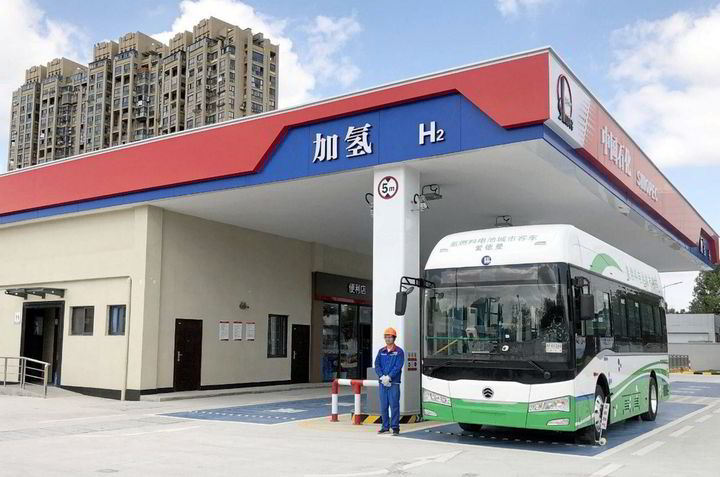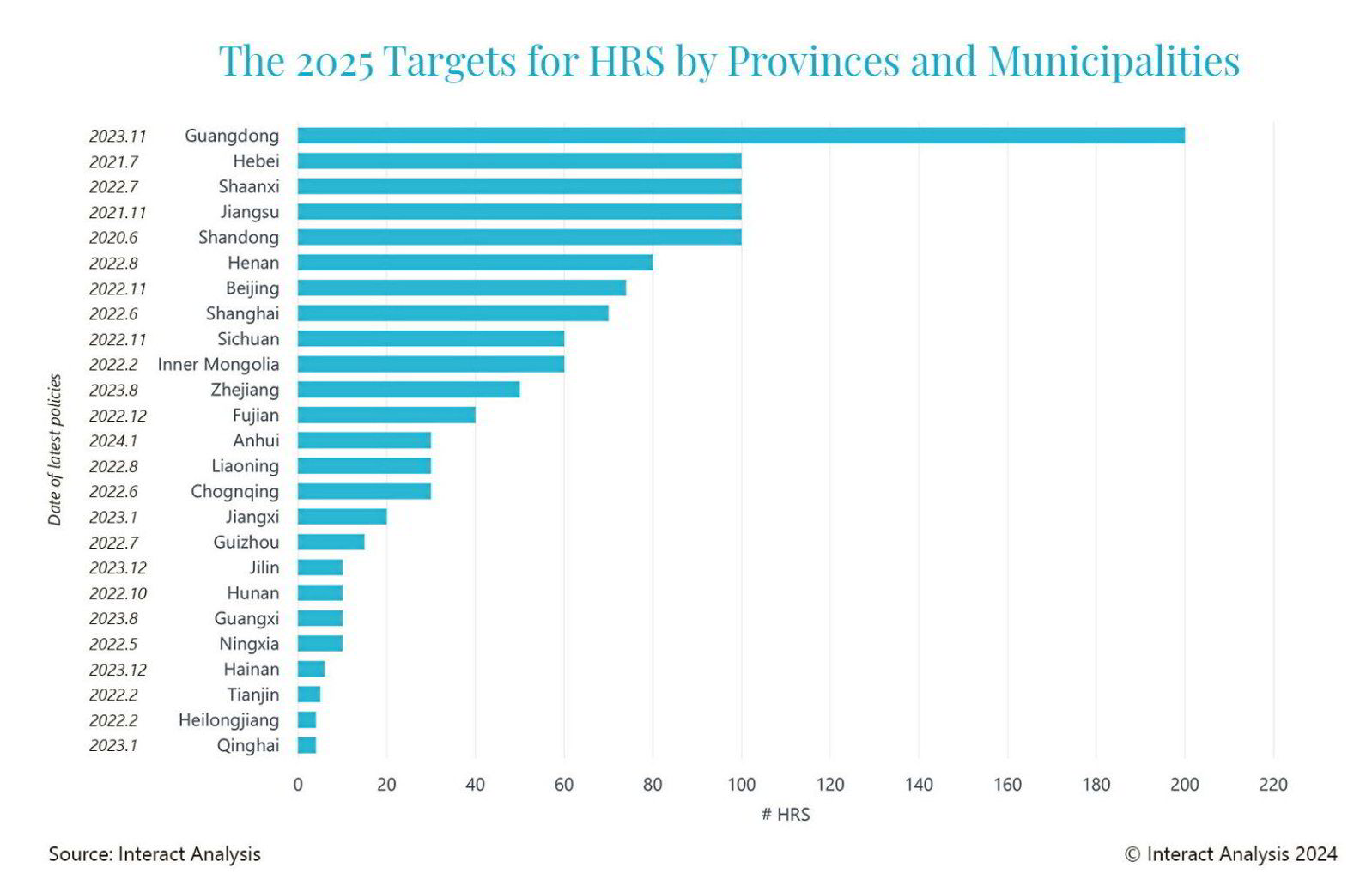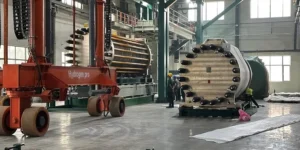Chinese provinces aim to install more than 1,200 hydrogen refuelling stations by end of next year: analyst

China could see more than 1,200 hydrogen refuelling stations built by the end of next year, if all 29 provinces and municipalities that set 2025 targets reach their goals, according to market research firm Interact Analysis.
The analyst notes that this would exceed the total number of H2 filling stations built around the world to date.
China is one of the only markets for fuel-cell electric vehicles to have seen substantial growth in the past year with 6,000 vehicles sold, a 72% increase compared to 2022.
Five regions or municipalities — Guangdong, Hebei, Shaanxi, Jiangsu, and Shandong — target the installation of 100 or more H2 filling stations by the end of 2025, with Guangdong alone aiming for build 200 sites.
UK-based Interact Analysis also tracks some provinces that have set further targets for hydrogen refuelling stations up to 2030, including Zhejiang (89), Sichuan (80), Jilin (70), and Guangxi (50).

Guangdong and Hebei have been designated “pilot cities” for hydrogen industry development by the national government. Meanwhile, the other three clusters — Beijing, Shanghai, and the province of Henan — follow close behind in their targets (respectively 74, 70 and 80 refuelling stations by the end of 2025) although Henan’s capital Zhengzhou has set a separate goal of 110 sites.
Article continues below the advert
However, Interact Analysis points out that Guangdong and Shanghai had actually revised down their targets down from a respective 300 and 78 hydrogen filling stations by the end of 2025, despite being formally given pilot cluster status in May 2022.
“Local governments tended to be optimistic at the beginning of the rollout of pilot city clusters,” writes Shirly Zhu, a principal analyst at Interact.
“With deployments of fuel cell vehicles and HRS [hydrogen refuelling stations] construction progressing, targets have been adjusted to take into account the actual pace of implementation,” she continues. “In another word, the revision of planned targets reflects real-world deployments of fuel cell vehicles.”
Meanwhile, the provinces of Jiangsu, Chongqing and Hebei all doubled their 2025 targets after the pilot cluster scheme had been announced, by which time the Chinese central government had “clarified hydrogen as part of its future national energy system and one of its strategic emerging industries”, Zhu adds.
In March 2022, the Chinese government announced a target of 100,000-200,000 tonnes of green hydrogen production and 50,000 fuel-cell vehicles on the nation’s roads by 2025. However, the latter may not necessarily run exclusively on renewable H2 and in fact currently run primarily on fossil-based hydrogen.
The International Energy Agency pointed out in a report last month that if combined, Chinese regional governments’ targets for H2 production already exceed this national target.
While China does not offer direct subsidies such as those offered in the US or EU, some analysts have noted that since many of its energy companies are state-owned, this could mean policy is directly applied as soon as targets are set, rather than when incentives kick in.





